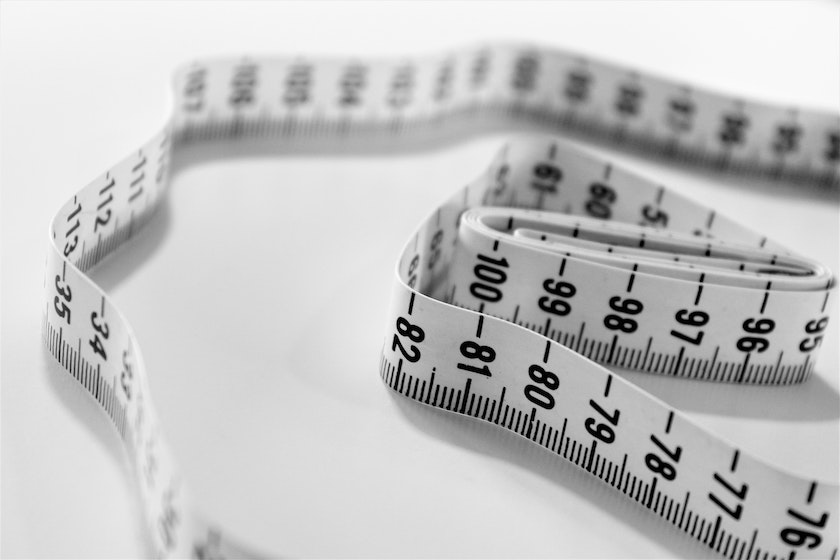
If you’re ordering a customized dress shirt that fits you like a glove, you’re going to have to provide accurate measurements. Unsurprisingly, that is exactly where most people struggle. A shirt that fits well depends completely on the measurements you give to your tailor. If you give the wrong shirt measurements, you can’t expect to get a size that fits perfectly!
However, to help you out of your misery, we’re here to tell you how you can go about the process. Measuring shirt length isn’t as complicated as you may think. Keep reading, and you’ll believe us!
Always start the measurement with the chest
Start by buttoning up the shirt and laying it flat on the ground. Try to keep the shirt on a hard surface, so it maintains its original shape. Now smooth out the fabric so there are no wrinkles below the shirt or above the shirt. Before you measure the size of the shirt, pull tightly on the fabric but not hard enough, so it starts to stretch.
Now put the measuring on the top of the seam where the sleeve is attached to the body and measure from this point to the other side of the shirt where the other sleeve is attached. Don’t worry if you measure beyond the side seam; just make sure the shirt is flat while you measure it.
Waist is always the hardest to size up, but..
Lay the shirt on a hard surface. As you come down from the chest towards the waist, you’re going to find the spot where the shirt is the narrowest. If a shirt is tailored well, this point is halfway between the armpit and the waist or around the 4th and 5th button.
Now, measure right across from the left side of the shirt to the right side of the shirt. Make sure the shirt doesn’t crumple up, or else you might get an inaccurate measurement.
And make sure the bicep and shoulders are calculated as well
Button the shirt, open it up and lay it back on to the ground. Spread the sleeves of the shirt out to its edges and smooth the fabric completely, so there are no wrinkles. Start from the bottom of the sleeve, one inch lower from the spot where the sleeve is attached to torso of the shirt. Now measure till the top of the folded edge of the cuff while you keep the tape perpendicular to the edge of the sleeve. Always make sure that the measuring tape is one inch below the arm spot of the shirt.
Place the shirt on its front. Now place the tape at the corner of the shoulders of the shirt (where the sleeve is attached to the body of the shirt). Now measure from one shoulder’s edge to the other shoulder’s edge. Make sure you start and finish on the same point so the measurement is accurate. And like every shirt measurement you did before, make sure the fabric is smoothened out and there are no wrinkles.
At last the shirt proportions – start with shirt length
Button the shirt up and lay it flat on the ground with the back facing upwards. Now place the tape at the point where the collar of the shirt is attaching to the shirt’s yoke. Now measure the shirt straight down from the back till its hem.
Sleeve Length
Lay the shirt flat on its surface with the back of the shirt facing upwards. Extend the sleeve from the side of the shirt and smooth it out as much as you can. Put the tape at the point where the collar is ending and start measuring from this point. Measure till the point the sleeve is attaching to the cuff of the shirt. Now place a finger on to measuring tape at the point the measuring tape is touching the sleeve to make sure it stays in place.
Now pull the tape to the edge of the sleeve. Record all of the measurements that you make till the quarter of an inch.
Cuff Circumference
Open the shirt and lay it flat on the back. Open the collar and spread it as far as you can. Pull the collar tight so that measuring shirt length is easier. Now measure from the center of the button to the other button. As with this measurement, make sure the measurement is accurate till the nearest inch.
Reading all of this can seem confusing, but remember, Rome wasn’t built in a day! You’ll get better at it with time just stay adamant and respect the process.
